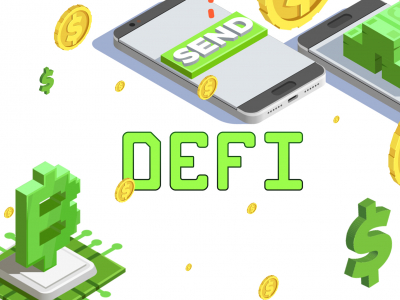The financial settlement provider Ripple criticises SWIFT network for allowing recent cyberattacks on cross-border transactions. In turn, it has introduced multisignature to confront hackers.
Traditional banking systems are not safe enough, says Ripple’s blog post. In February 2016, nearly $81 million was stolen by cybercriminals from a Bangladesh Central Bank account. Similar attacks, though on a smaller scale, followed in Ecuador where $9 million was stolen, Ukraine ($10 million) and Vietnam (where the attack was foiled). According to Ripple,
“These bank heists have painfully highlighted the vulnerabilities in cross-border transaction banking, and particularly in the SWIFT network which issued these payments.”
The company claims it knows how to protect money from cyberattacks. The new multisig feature launched on the Ripple Consensus Ledger, allows account holders to request additional signatures from other users, devices, or institutions to authorise their transactions. The account is thereby put under collective control, complicating the case for the criminals: seizing user’s private access data will not allow moving any funds.
Ripple admits that multi-signing “already exists to some extent in traditional banking” but claims that its permissioned blockchain is much safer. The company promises to add a similar feature for banks that use the Interledger Protocol, enabling them to require customers’ cryptographic signatures on transactions and blocking the ability of individual bank employees to transfer customer funds on without approval. It is especially important because, according to some rumours, the Bangladesh Bank attack involved at least one insider.
“The bank heists in Bangladesh and around the world have demonstrated that the weaknesses that exist today at the periphery of payment networks are partly due to outdated single signature methods. The new features found in distributed fintech solutions, such as multi-signing, are not available in traditional systems like SWIFT’s. Blockchain technology delivers a more robust and distributed security architecture for banks.”
The Ripple blockchain is used by many banks. For instance, in May 2016 Santander Bank has released a blockchain application built on Ripple to let its customers transfer money internationally within one working day. According to BNY Mellon's analysis, in the future, Ripple is likely to compete with SWIFT.
Alexey Tereshchenko













